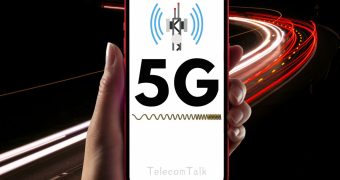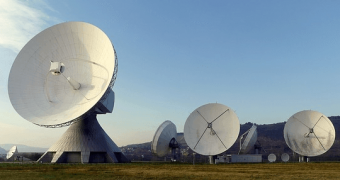
KDDI Corp, Fujitsu, and Cisco Systems have announced the launch of a full-scale integrated metro network that combines the IP layer and optical transmission layer networks for more streamlined operations. The technology partners stated that the multi-vendor network, which commenced full service on October 1st, reduces power consumption by approximately 40 percent.
Also Read: Japanese Consortium Claims World Record With 1.2 Tbps Optical Transmission In Field Trial
Network Configuration
According to the joint statement, the metro network features a configuration that integrates the IP layer and optical transmission layer using Cisco NCS5500 series routers, capable of directly transmitting and receiving optical signals for WDM, and Fujitsu's 1FINITY series Open Line System (OLS), which can connect to other companies' products through an open interface.
Expansion Plans and Response to 5G
KDDI plans to deploy the metro network across Japan by the end of fiscal 2028. A Fujitsu press release noted that with the nationwide rollout of 5G services in Japan, now in widespread use, the number of users of video and other data-intensive services is increasing, leading to a growth in the volume of communications. The new configuration also makes it easier to expand capacity, enabling a rapid response to increases in communications traffic.
Also Read: Fujitsu Provides NTT Docomo With O-RAN Alliance-Compliant 5G Virtualised RAN Solution
Initial Deployment
According to the statement, KDDI first introduced this configuration to its metro network in some areas of Japan starting in 2021. KDDI has reported stable operation, and it will begin full-scale operations to accommodate multiple services, including 5G, au HIKARI, and corporate VPN.
Furthermore, KDDI aims to achieve net-zero CO2 emissions in its non-consolidated business activities by FY2030, and the resulting reduction in power consumption will help the Japanese telco toward its goal.















